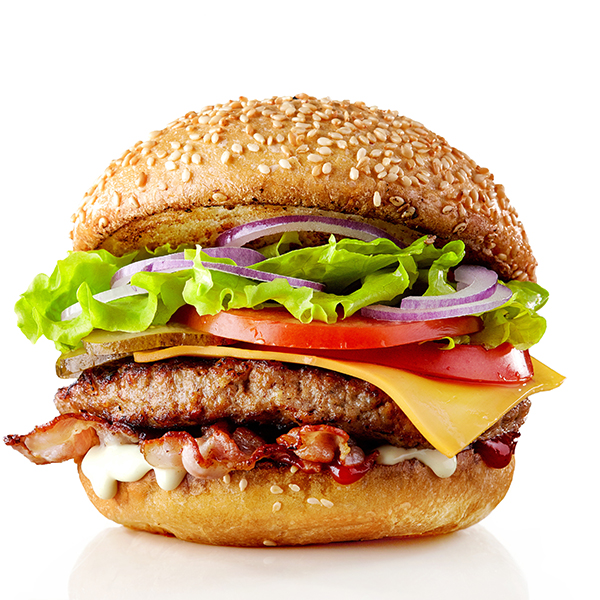Caring for our guts, or digestive system, by enhancing the growth of “good bugs” is an important focus for health. “Good bugs” are bacteria, or intestinal flora, that live in our digestive systems and work with other chemical molecules to keep our entire body well. Altogether, these friendly bugs make up our gut “microbiome".
Healthy intestinal bacteria serve many purposes, from improving digestion, reducing gut inflammation, and improving the immune system, to supporting brain health and cognition, and increasing the production of neurotransmitters – chemical messengers that allow nerves to communicate with each other and with muscles.
Being mindful of what you are feeding your gut is important and consistency is key. The good news is that healthy gut bacteria can be encouraged through making specific dietary choices. The even better news is that the gut microbiome can be changed within a week. This speedy shift can be achieved by eating more non-processed foods, for example, fruits and vegetables, legumes, nuts, seeds, whole cereals, and grains, which have been shown to keep the microbiome stable.
What to eat to increase and nourish good bacteria
1. Fibre
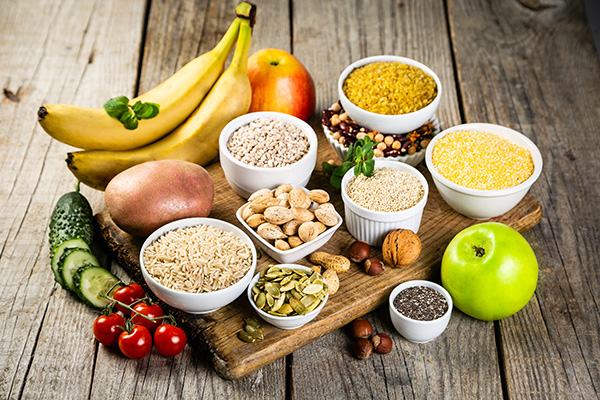
Dietary fibre is the main food source for the good bugs living in our gut. It fuels the good bacteria’s production of meaningful molecules, i.e. short-chain fatty acids, that help to keep the gut healthy so it can optimise its communication with the rest of the body to promote health. Fibre is found in fruits and vegetables in a variety of colours, legumes (including a variety of beans, peas and lentils), nuts, seeds, whole cereals, and grains.
2. Fermented foods
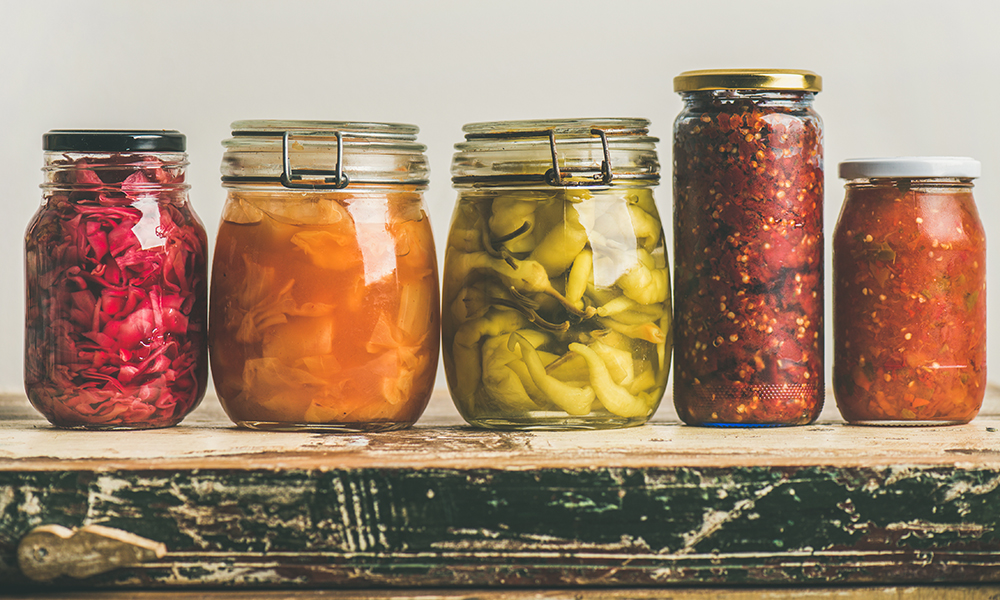
Yoghurt, kefir, fermented cottage cheese, kimchi, fermented vegetables and kombucha tea have been shown in scientific studies to increase the diversity of “good bugs” in the intestines and to reduce markers of gut inflammation. Having a range of different types of ‘good bugs’ is beneficial, as they enjoy working together to achieve optimum health effects.
3. Phytochemicals
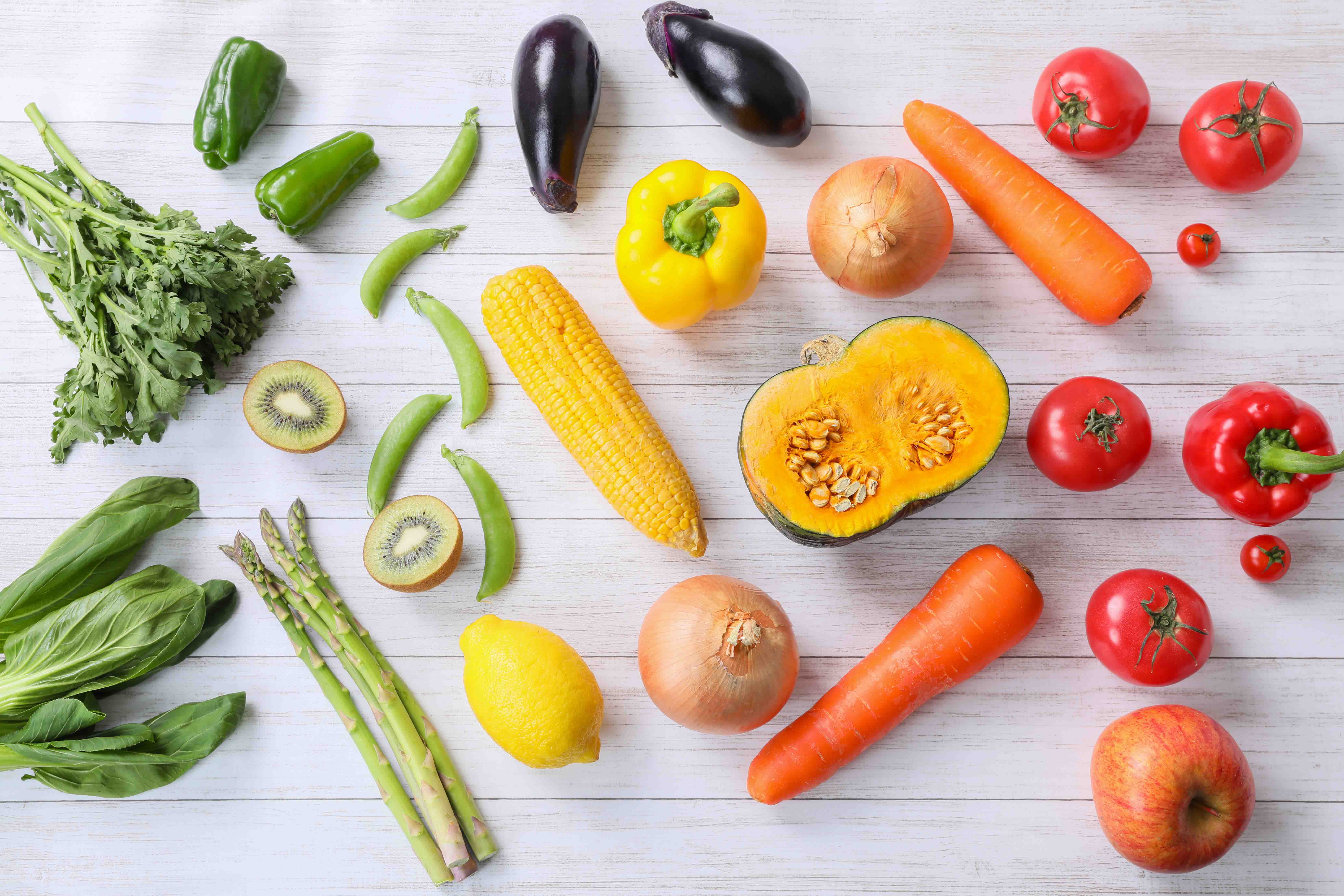
The nutrients that add unique colours to fruits and vegetables are called phytochemicals and help to enhance good bug growth and function, so it is important to eat a rainbow of these healthy foods during each week. For example, polyphenols (i.e. the blue, red and purple pigments found in various fruits and vegetables) help to enhance good gut bacteria growth and function through anti-inflammatory and antioxidant actions.
Hacks to make (some) foods more gut-friendly
There are a few tricks to make foods better for the gut, with minimal processing. For example, cooling potatoes after cooking changes the fibre structure so it is more resistant to digestion. This promotes short-chain fatty acid production by the good gut bacteria as they enjoy working harder to digest the food. The same benefit can be achieved by eating bananas while they are slightly green (if you like them that way!) and by cooking pasta or rice, cooling it, then enjoying it cold.
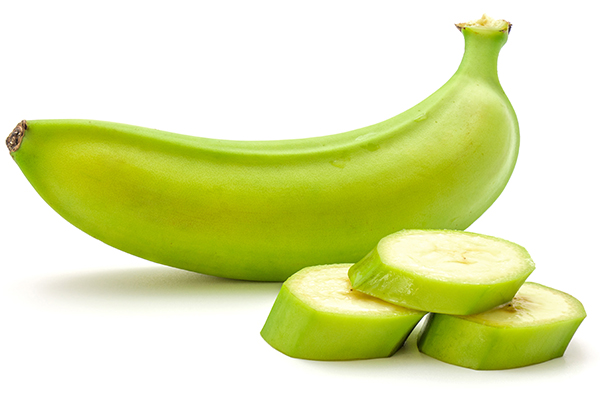
Dietary patterns that impair good gut bacteria
Beware eating patterns that tip the balance towards the not-so-friendly bacteria and low bacterial diversity. These behaviours, which are so easy to adopt in a stressful, time-poor environment, give the “good bugs” the shaft. A dietary pattern rich in highly processed, energy dense, low fibre, nutrient poor foods including white bread, chips, cake, high sugar foods and drinks, and “fast foods” are not the bugs’ friends. An eating pattern like this is a risk factor for chronic inflammation and chronic disease development, including type 2 diabetes and obesity. It is strongly linked with a poor gut microbiome, lacking diversity.
